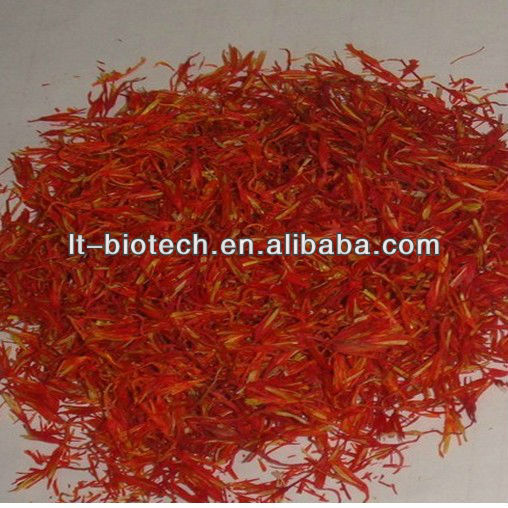
|

1. Product name:saffron Crocus Extract
2. Latin Name: Crocus sativus L.
3. Active Ingredient: 4:1 -20:1
Product name :Saffron Extract/ Ratio Plant Extract Saffron Extract Powder / Manufacturers Saffron Extract HOT SALES / 100% Natural Saffron Extract / Top Sale Pure Saffron Extract / Factory Direct Supply Natural Organic Saffron Extract / High Quality Saffron Crocus Extract
Latin Name : Crocus sativus L.
Active Ingredient : 4:1 -20:1
Sieve Analysis : 100% through 80 mesh
Part Used: Flower
Induction of Saffron:
Saffron is arguably the most expensive herb in the world, due to amount of time and energy, it takes to harvest. The term saffron actually refers to the dried stigmas and top of the saffron crocus, a type of flower similar to safflower. In China, saffron grows predominantly in the Henan, Hebei, Zhejiang, Sichuan and Yunnan provinces. The stigmas are picked by hand and dried. It takes approximately 75,000 saffron flowers to produce one pound of saffron stigma. In many cultures, saffron is used as a spice and for culinary purposes; however, it has many medicinal uses as well.
In traditional Chinese medicine, saffron has a sweet taste and cold properties, and is associated with the Heart and Liver meridians. Its main functions are to invigorate the blood, remove stagnation, clear the meridians and release toxins. It is typically used to treat conditions such as high fevers and related conditions that may be caused by pathogenic heat, and to help break up blood clots. There is also anecdotal evidence that saffron can inhibit the growth of some types of cancer cells. Small amounts of saffron can increase the incidence of contractions in pregnant women.
Functions of Saffron Extract:
1. The role of the liver and gallbladder:
The choleretic effect of saffron. The saffron extract can reduce cholesterol and increase fat metabolism, with the hawthorn, Cassia, Alisma traditional Chinese medicine for the treatment of fatty liver.
Saffron extract through the microcirculation, promoting bile secretion and excretion, thereby reducing the abnormally high levels of globulin and total bilirubin, Saffron extract can be used for the treatment of chronic viral hepatitis after liver cirrhosis. Early acute liver injury caused by acid saffron toxic substances the chemopreventive role, hope for the treatment of chronic cholecystitis.
2. The role of the circulatory system:
Saffron extract excitatory effects on respiration, under the conditions of atmospheric hypoxia enhances intracellular oxygen metabolism, improve cardiac hypoxia tolerance, strenuous exercise myocardial cell injury weakened to some extent, on the heart have some protective effect.
3. Immunomodulatory role:
Saffron extract clinically for the treatment of a variety of human chronic diseases, blood circulation through its antibacterial anti-inflammatory effect, saffron extract enhances body endurance, enhanced lymphocyte proliferative response, in order to improve the body's cells and humoral immunity, play adjust the body the gas machine running, balance the body's yin and yang effect.
4. The anti-tumor effect.
Modern research has found that saffron extract preparations tumor suppressor ability to fight cancer.
5. The role of the kidneys.
Currently considered the release of inflammatory mediators is closely related to the pathogenesis of glomerulonephritis and platelet, saffron extract for interference nephritis animal models has made significant efficacy. The saffron will enable the the kidney capillaries to keep them open, increased renal blood flow and promote inflammatory damage repair.
| Type: |
Herbal Extract
|
Variety: |
Saffron Crocus Extract
|
Form: |
Powder
|
| Part: |
Flower
|
Extraction Type: |
Solvent Extraction
|
Packaging: |
Bottle,Can,Drum,Glass Container,Mason Jar,Plastic Container,Vacuum Packed,Your request
|
| Place of Origin: |
Shaanxi China (Mainland)
|
Brand Name: |
longteng
|
Product Name: |
Saffron Crocus Extract
|
| Specification: |
4:1 20:1
|
Cas No: |
153-18-4
|
Color: |
light yellow powder
|
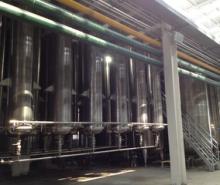
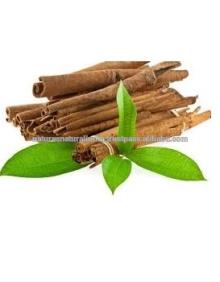
|

|
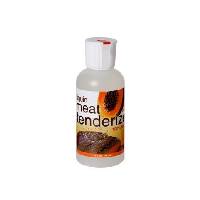
|
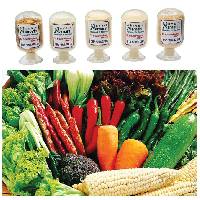
|

|
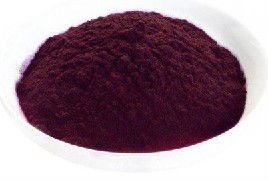
|
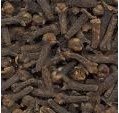
|
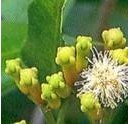
|
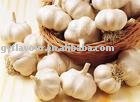
|

|

|
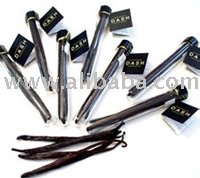
|